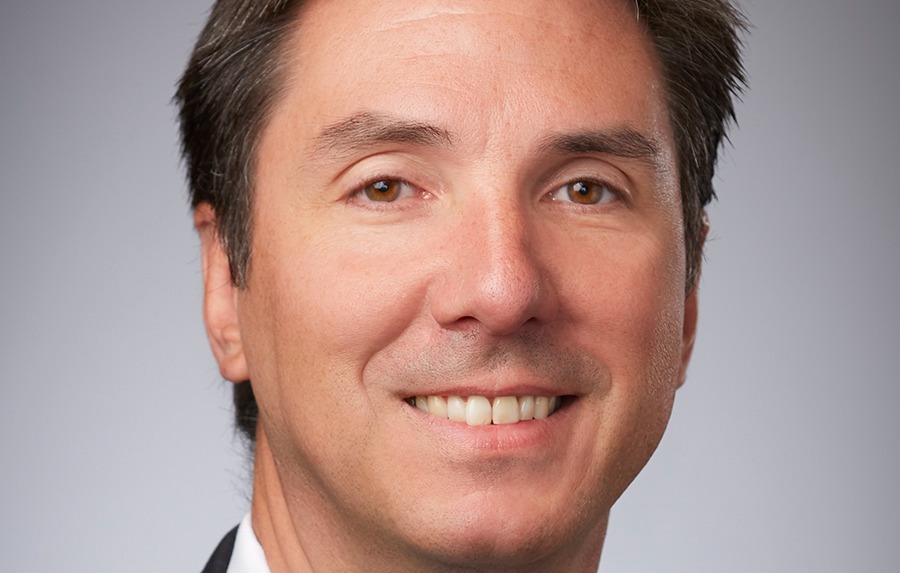As a former litigator against EEOC and other employment law violations, Stephen Paskoff has a distinctive perspective on how to appropriately coach employers on DEI initiatives, compliance and “workplace civility.”
Paskoff, CEO of Atlanta-based workplace training company ELI (Employment Learning Innovations), spoke with StrategicCHRO360 about his own path to DEI work, how to navigate divergent opinions on the subject and where workplace culture meets compliance.
How did your early career as an employment law attorney inspire you to start a company focused on workplace learning, compliance and culture?
My first job out of law school was as an EEOC trial attorney. Next, I joined an employment law firm as a litigator and counselor where I had the opportunity to defend clients and work with them on preventing workplace problems before they arose. I was often asked to deliver training for leaders and managers to help them understand their legal obligation to prevent claims and lawsuits.
My experiences as a litigator, and earlier in speech, debate and theater, helped me discover a new way of teaching—one that was interactive, engaging and Socratic—based on applying just a few simple, consistent daily behaviors. This helped me connect my passions of civil rights and helping clients prevent lawsuits and build more inclusive workplaces, while later better defending charges and lawsuits that did come their way. In 1986, I left my partnership with that great firm and started ELI. I had found my calling.
Since then, we have helped clients conduct business properly, fairly and legally and improve their results. We also teach leaders and team members how to consistently act in ways aligned with their values that build diverse, equitable and inclusive workplaces—that prevent legal issues as well.
Attitudes toward DEI initiatives in the workplace have received conflicting sentiments in recent years. How can company leadership navigate the changing landscape of DEI in the workplace?
Many DEI issues and subsequent initiatives often divide and do not unite. You just can’t unite people and get the best talent results by dividing them—you have to show them how much they actually have in common and what they can achieve with a team of talented people from different backgrounds.
This approach is vital and timely now as we have two particular voices which can, if not properly considered, impede organizational DEI initiatives. One group believes DEI initiatives have become performative—manifesting aspirational words rather than concrete actions. The other group believes DEI has become exclusionary, applying to some and not all and characterizing some as “villains” by birth who are unfairly stereotyped.
To prevent divisiveness, leaders should approach DEI initiatives as a means to bridge commonalities between employees, which they all should share as members of the same organization, who are committed to and sharing the same mission, values, efforts and standards of behaviors. This threshold focus will promote DEI goals and get teams to understand there is a performance outcome that benefits everyone doing individual and teamwork, which should help develop inclusivity and improved performance to the workplace as well.
How can companies bridge compliance and business goals to create fair, respectful and inclusive work environments?
Compliance and other business goals need to be connected to DEI initiatives through consistent core behaviors linked to inclusion, respect and commitment to legal operations. We’ve found in our work that when such core behaviors become standards, they build cultures that help prevent problems, surface ideas as they arrive and allow issues to be addressed before they cause irreparable business, team or external harm. In sum, connecting compliance, business and DEI priorities to core values to behaviors in a simple, clear way is vital to making them matter, understandable and lasting.
The common denominator is that both rely on the organization’s mission, visions, values and consistent standards of behavior. Together, these also build inclusion and enable the organization to learn from them so the company can move forward and get the best results.
What prescriptive steps can companies effectively take to foster a desirable workplace culture?
Building a desirable, inclusive and productive workplace culture requires several organizational commitments. It first requires leaders, including HR, to commit to activating their values through core behaviors intended to drive DEI objectives and overall improved performance.
Second, leaders must talk about their organization’s mission, values and standards of behavior the same way as other core business issues (e.g., in the context of other core business and operational issues). Of course, there needs to be consistent policies, framing, etc. in place from a compliance perspective, but there must be consequences—ranging from corrective to separation—if behaviors conflict with core standards and values as well.
Finally, in addition to having ongoing policies and systems in place, these forms of behavior—commitment, communication and consequences—must be seen as continual as other operational priorities like safety, quality, customer service and innovation. This shows their importance and positively affects your company’s initiatives.
Efforts to bring people together should build an on-the-job culture where they can directly bring up ideas and concerns comfortably if they do arise. Using consistent, practical behaviors based on organizational values will drive DEI forward and make it last while also positively affecting performance and results.








